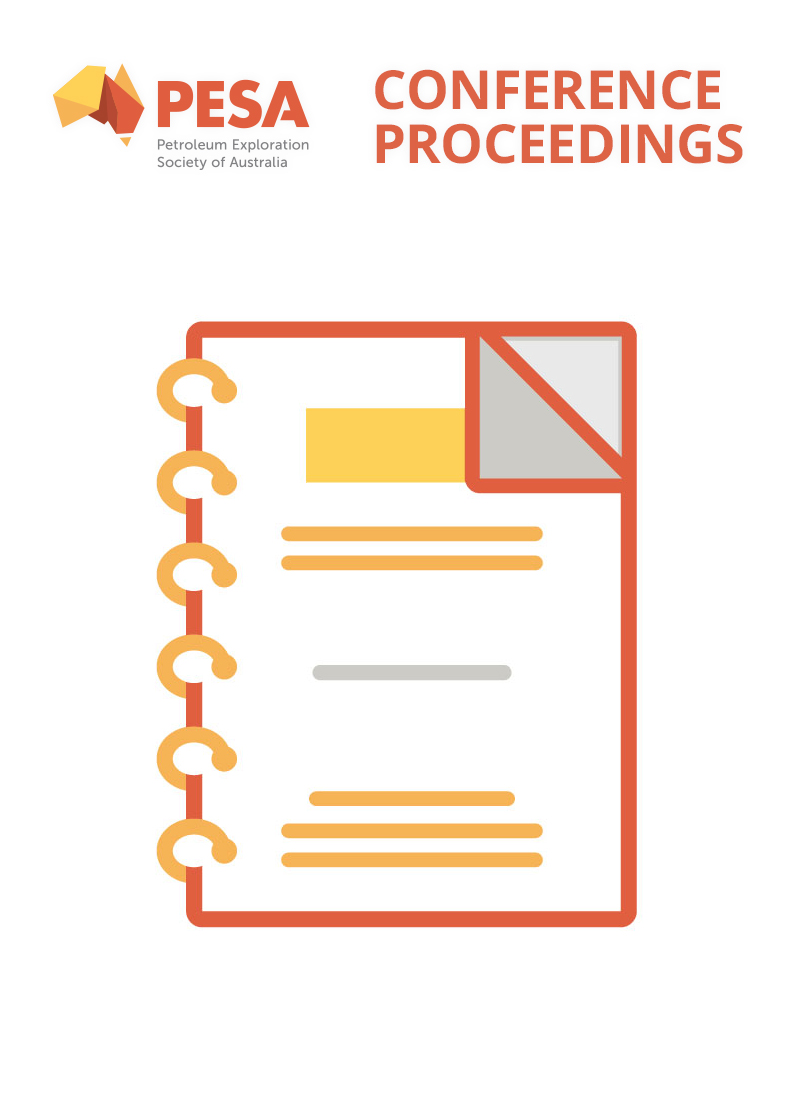Publication Name: Australasian Exploration Geoscience Conference 2019
Authors: Ryan Noble, Ian Lau, Tenten Pinchand, Ravi Anand, Paul Morris
Date Published: September 2019
Number of Pages: 3
Abstract:
Soils are widely used as a geochemical sample medium. These samples are sieved to <250 µm or <180 µm to remove larger gravels and coarse sand and later pulverized for analysis, but no other refinement is commonly used. Why is this the case? In transported cover, the soils that host/adsorb the mobile element signature are the smallest size fractions, so we should consider concentrating the clay size fraction (<2 µm) as an improved sample medium. Industry is unlikely to fully adopt these changes without proof of the benefit of refining the size fraction so a series of experiments were conducted to demonstrate the value of using <2 µm fractions for exploration geochemistry. Twenty-seven composite reference soils were collected in the vicinity of known mineral deposits (including background areas) that reflect the common soil types of Western Australia. These soils were used in replicate testing to assess differences in particle size, sample weight, dispersants and how this relates to the geochemistry with intent to optimise the extraction and speed of ultra-fine fraction recovery.

